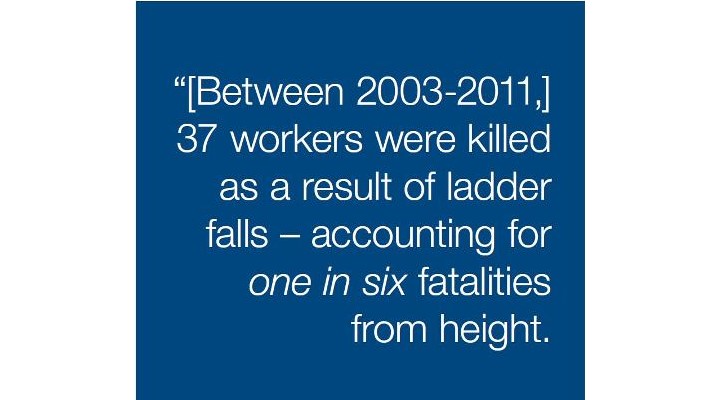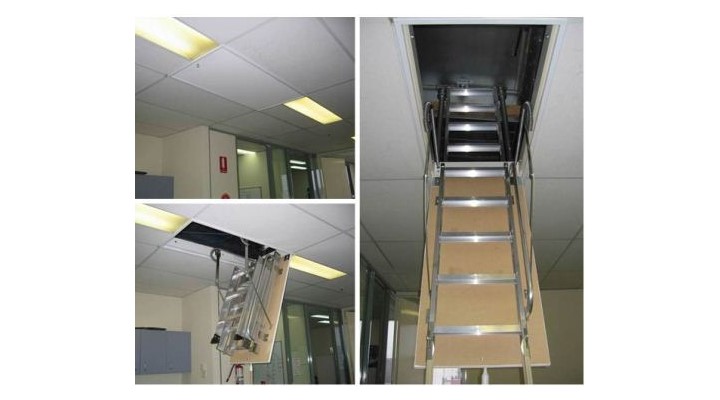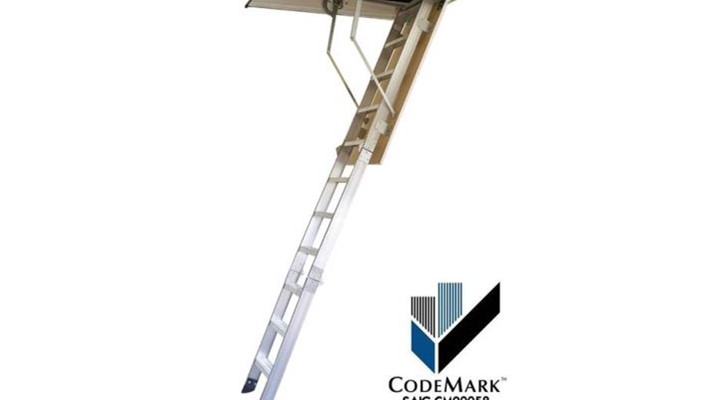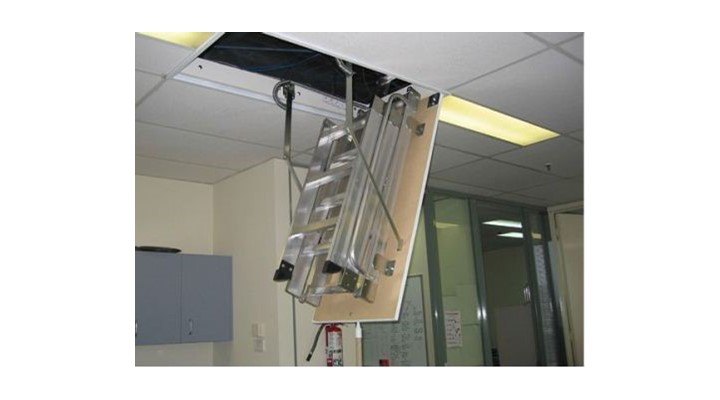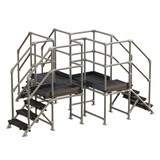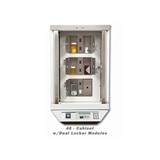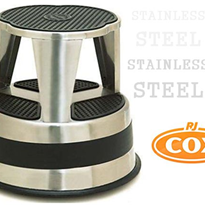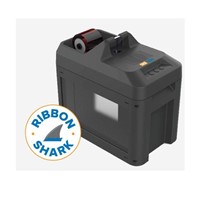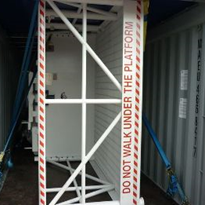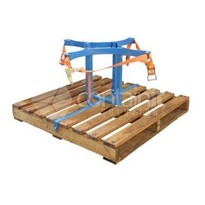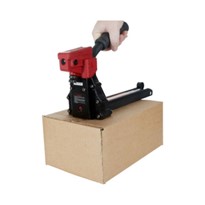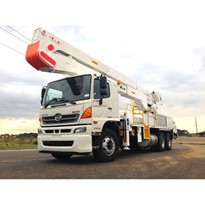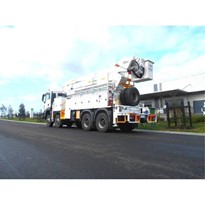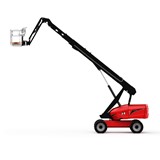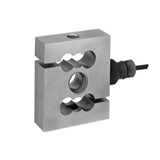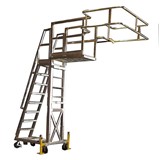Lamentably, freestanding ladders are implicated in a disproportionately high number of on-site injuries and deaths. In the eight years from 2003-11, Safe Work Australia reports that 37 workers were killed as a result of ladder falls - accounting for one in six fatalities from height.1
In Victoria alone between 2001-05, 4,553 patients presented to emergency departments after ladder falls, with 160 suffering severe trauma and 16 succumbing to their injuries.2
Indeed, despite ever-stricter OH&S regulations, studies show that the number of patients requiring hospital treatment for ladder-related injuries continues to rise.3
Under Section 19 of the Worker Safety Act, employers are legally obligated to ensure the 'health and safety of [workers] is not put at risk from work carried out as part of the conduct of the business'.4
This presents serious - and competing - concerns for employers: the need to balance the practical necessity of elevated access with the overarching goal of minimising workplace hazards.
A safer alternative: the wheres, whys & hows of pull-down access ladders
A common feature in residential homes, Pull Down Access (PDA) Ladders have evolved as a highly practicable option within commercial and industrial environments, where strict OH&S and Building Code compliance is a legal requirement.
The PDA Ladder system is specifically designed to provide safe internal access to above-ceiling spaces for storage and building maintenance. This durable ladder system provides secure footing for service personnel, allowing easy access to above-ceiling building facilities such as plant rooms and air-conditioning systems.
Being permanently fixed to the building, PDA Ladders offer a markedly safer and structurally stable alternative to freestanding ladders; however, to ensure safer boarding and egress for users in commercial and industrial settings, it is imperative to ensure your chosen PDA system comes equipped with Full-Length or Standard hand/grab rails.
Neatly concealed within the ceiling space, the PDA Ladder system is always on-hand, and will only interfere with floor space when in use.
Is your pull-down ladder up to code?
WorkSafe Victoria's 2003 OH&S (Prevention of Falls) Regulations places ladders in the highest risk category for injurious falls.5
PDA Ladders are specifically designed to negate these risks, providing one of the safest and most efficient means to access roof spaces.
However, it's clear that not all PDA Ladders are created equal. With an explosion of 'cut-to-size' options flooding the market, it appears many PDA manufacturers are failing to comply with even minimum Australian Building Code requirements, delivering inferior products that continue to compromise user safety.6
The burden of responsibility rests on architects, builders and employers to ensure their PDA Ladders are up to code; this will guarantee your chosen PDA Ladder solution is not only structurally sound and safe for purpose, but fully compliant with government-enforced regulations.
Guaranteeing your PDA ladder is BCA compliant
The Building Code of Australia (BCA) provides 'nationally consistent, minimum necessary standards of relevant safety… health, amenity and sustainability objectives sufficiently' for new building work (a key measure of Work Helth and Safety [2011] compliance).7
Administered directly by the BCA, the CodeMark Certificate provides surety that your building product complies with strict BCA standards. As Australia and New Zealand's foremost building product certification scheme, CodeMark is embedded within State and Territory building control legislations across the country, and offers 'confidence and certainty to regulatory authorities and the market.'8
A CodeMark seal guarantees not only the highest quality control for your PDA Ladder solution, but that it meets the full approval of building control authorities across Australia.
For more information on this artical or in regards to AM-BOSS PDA Ladders please contact us.
Footnotes:
- 1. Safe Work Australia, 'Falls from Height', October 2013, Pg. 11 http://www.safeworkaustralia.gov.au/sites/SWA/about/Publications/Documents/812/Falls-from-Height.pdf
- 2. B Mitra, P A Cameron & B J Gabbe, 'Ladders Revisited', The Medical Journal of Australia, Vol. 186, No. 1, Januray 2007, Pg. 31
- 3. Ibid. Pg. 31
- 4. Australian Government, 'Worker Safety Act 2011', Division 2 - Primary Duty of Care, Pg. 24
- 5. WorkSafe Victoria, 'Prevention of Falls – Ladders', 2005, Pg. 1
- 6. C Sachs, 'Are You Ready for the Revised AS1657 on Walkways, Ladders, and Platforms?', National Safety Council of Australia Ltd, 17 Feb, 2014, http://nsca.org.au/safety/ ready-revised-as1657-walkways-ladders-platforms/
- 7. Australian Building Codes Board, 'The Building Code of Australia', 20 June, 2013, http://www.abcb.gov.au/about-the-national-construction-code/the-building-code-of-australia
- 8. Australian Building Codes Board, 'Codemark Certification Scheme', 6 November, 2013, http://www.abcb.gov.au/product-certification/codemark


